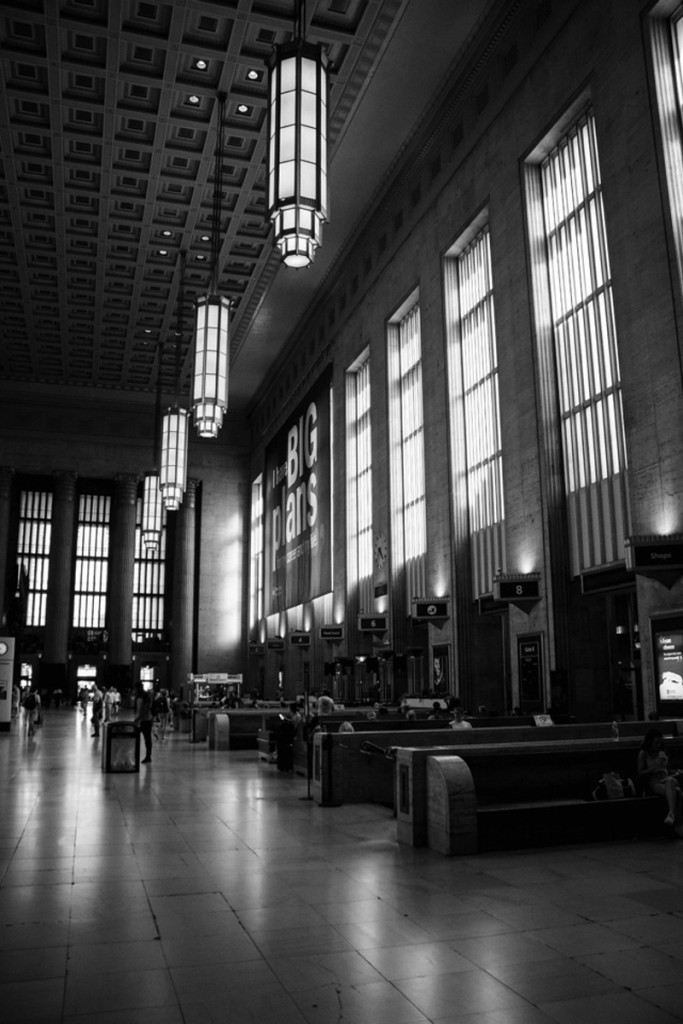As commuters travel to and from Philadelphia daily, they may have noticed the outside of one of the main transit buildings going through a makeover. The building that is being renovated is the 30th Street Station. Built in 1933, the station serves as the center of all train traffic going to and from the City of Brotherly Love. As the years go by, many have wanted to improve the station and the surrounding community in order to make it better for future generations. Thus, a development plan has been created for the next 35 years. This past June, the plan was approved with the leadership of Amtrak, Brandywine Realty Trust, Drexel University, Pennsylvania Department of Transportation (PennDOT) and Southeastern Pennsylvania Transportation Authority (SEPTA). The city of Philadelphia, CSX Corporation, Delaware Valley Regional Planning Commission, New Jersey Transit, Philadelphia Industrial Development Corporation, Schuylkill River Development Corporation, University City District and University of Pennsylvania are the funding partners for this plan that will be completed in 2050.
Last month the American Institute of Architects (AIA) awarded the city of Philadelphia the AIA Honor Award for Regional and Urban Design, the profession’s highest recognition for exemplary urban design and planning projects. A comprehensive brochure and book were made available to the public as soon as the ideas were produced. Some of the highlights that the brochure touched on as part of the plan for 30th Street Station and the surrounding area are as follows: The station will get a total makeover with brand new concourses and improved connections, meaning it will be easier for daily commuters to make the necessary connections to complete their trips. In relation to 30th Street Station, a brand new mini-transport center is planned near the station on Arch Street. This will be a place for city buses to pick up and drop off passengers who use the main station routinely. In the area surrounding 30th Street Station, improvements to the roads, bridges and neighborhoods will be in abundance. As the brochure states, “A $2-billion investment in roads, utilities, parks, bridges and an extension of transit services will unlock $4.5 billion in private real estate investment in the District, in addition to an estimated $3.5 billion for Drexel’s Schuylkill Yards project. These investments will have robust and widespread economic development benefits, with the potential to generate $3.8 billion in city and state taxes and 40,000 jobs when complete.”
In the short term, it seems that not much has happened, but in the long run, the 30th Street Station and the surrounding area will be a vital place in West Philadelphia for tourists and residents alike. The district plan book describes it in this manner: “This new neighborhood will become a living, breathing part of West Philadelphia. Its heart is the station. Its lungs, the great park spaces overlooking the river and the intimate pedestrian greenways woven throughout. Its backbone, the historic city grid extended out from Powelton Village towards the river. And its soul is the people–residents, students, workers and visitors–who will one day call this neighborhood home.”
Source: AIA.org

